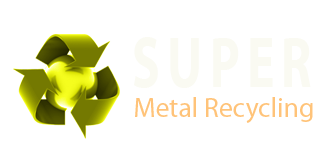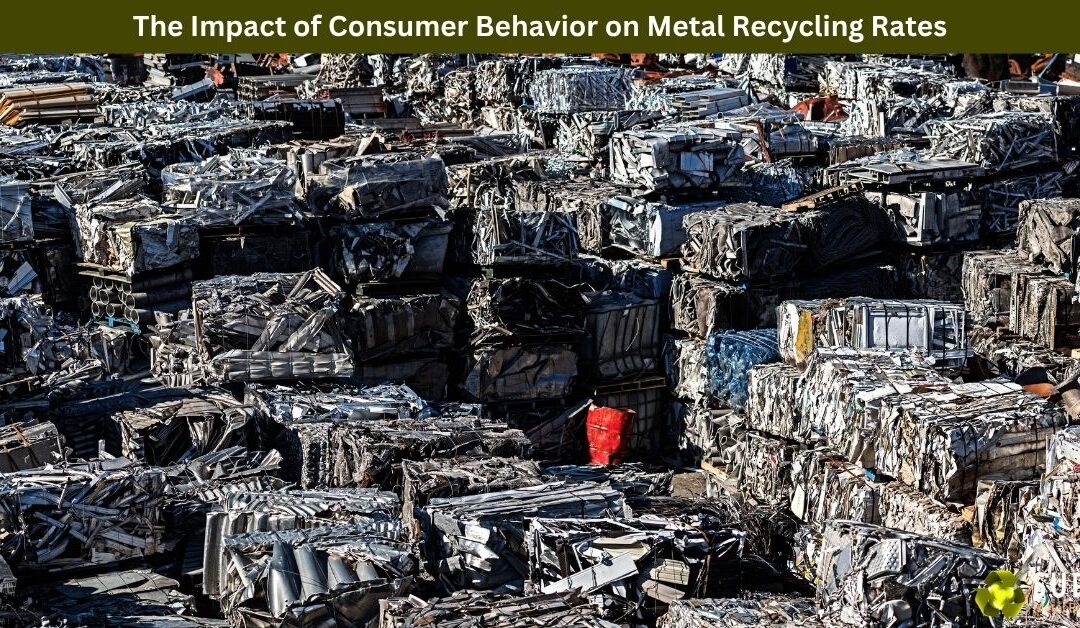When it comes to metal recycling, most people think about scrap yards, big machines, and industrial processing — not everyday choices made at home. But here’s the thing: consumer behavior plays a huge role in how much metal gets recycled and how efficiently the system works.
What we buy, how we use it, and what we do when we’re done with it — all of that shapes the success (or failure) of metal recycling in Australia and around the world.
Let’s unpack how individual actions stack up and why they matter more than most of us realise.
Why Consumer Choices Matter
Every time we toss a soft drink can into the wrong bin or throw away a broken appliance instead of recycling it, it adds to the growing problem of metal waste ending up in landfill. And with metals like aluminium and steel being 100% recyclable and infinitely reusable, every bit lost is a missed opportunity.
The good news? The reverse is also true. When consumers choose to recycle properly, buy products made from recycled metals, or support sustainable brands, the entire metal recycling chain benefits.
In short, what we do at home and in the community has ripple effects — and they’re bigger than you might think.
Convenience Is Key
Let’s be honest — most of us want to do the right thing. But if it’s not easy or clear, recycling often takes a back seat.
Research shows that recycling rates go up when the process is simple. That means well-labelled bins, easy access to recycling centres, and curbside collection options can make a big difference in how much metal gets recovered. When local councils and governments invest in public awareness and infrastructure, consumers are far more likely to follow through.
So, if you’re someone who’s ever felt confused about where to drop off your old BBQ, broken toaster, or bag of cans — you’re not alone. Clarity and accessibility matter. A lot.
The “Out of Sight, Out of Mind” Problem
One big challenge is that many consumers don’t see where their waste ends up, so they assume it’s being taken care of — even if it isn’t.
For example, you might put a metal item in your general waste bin without realising that it’s headed straight to landfill instead of a recycling facility. Or you might set an old appliance on the curb, hoping someone else will deal with it. This disconnect between disposal and outcome is one of the main reasons valuable metals are still being lost in the system.
That’s why education and awareness are so important. The more people understand about what happens to metal waste — and how much energy and raw materials are saved when it’s recycled — the more likely they are to change their habits.
Buying Habits: New vs. Recycled
Let’s talk purchasing power. The demand for virgin metals (those mined from the earth) is still much higher than it should be. But consumers can shift that balance by choosing products made from recycled or upcycled metals.
Today, many businesses — from car manufacturers to furniture designers — are offering products made partly or entirely from recycled materials. And when buyers opt for those choices, they help close the loop.
Think about it this way: recycling isn’t just about where things go when we’re done with them. It’s also about what we choose to bring into our homes in the first place.
E-Waste and Metal Recovery
Another growing area influenced by consumer behavior is e-waste — everything from old phones and laptops to washing machines and TVs. These items are loaded with recyclable metals like copper, aluminium, steel, and even tiny amounts of precious metals.
Yet, e-waste is one of the fastest-growing waste streams in the world, and much of it ends up in the trash.
Here in Melbourne, more drop-off points for e-waste are making it easier for residents to do the right thing. But again, awareness is key. The more people know about what can be recycled and where to take it, the better the recycling rates — and the more valuable metal gets recovered for reuse.
Behaviour Change in Action: A Real-World Example
In Victoria, a local initiative called Detox Your Home helps people safely dispose of household chemicals and e-waste, including items that contain recyclable metals. Since the program launched, tonnes of metal-containing waste have been diverted from landfill, proving that consumer-driven programs can work — when they’re visible, convenient, and well-supported.
Another success story is the container deposit scheme, which gives people a small refund for returning cans and bottles. This simple incentive has led to massive increases in aluminium recycling across other Australian states and is expected to make a big impact in Victoria as it rolls out.
Just One More Thing…
At the end of the day, recycling isn’t just the responsibility of manufacturers or recycling companies — it’s a team effort. What we, as consumers, choose to do (or not do) adds up quickly. One can, one phone, one old appliance — multiplied across a city like Melbourne — can either become a valuable resource or unnecessary waste.
At Super Metal Recycling, we see every day how powerful consumer choices are. When people recycle right, it means less landfill, lower carbon emissions, and more high-quality metal going back into production.
The next time you finish a can of soft drink or upgrade your old laptop, just take a moment to ask: “Where should this go?” That one small decision could help keep our recycling system strong — and our planet just a little bit cleaner.
If you are in Mentone, and looking for a metal recycling service, this is the best way to visit us.
Super Metal Recycling
345 Frankston – Dandenong Road, Dandenong South VIC 3175
(03) 9706 4909


Recent Comments